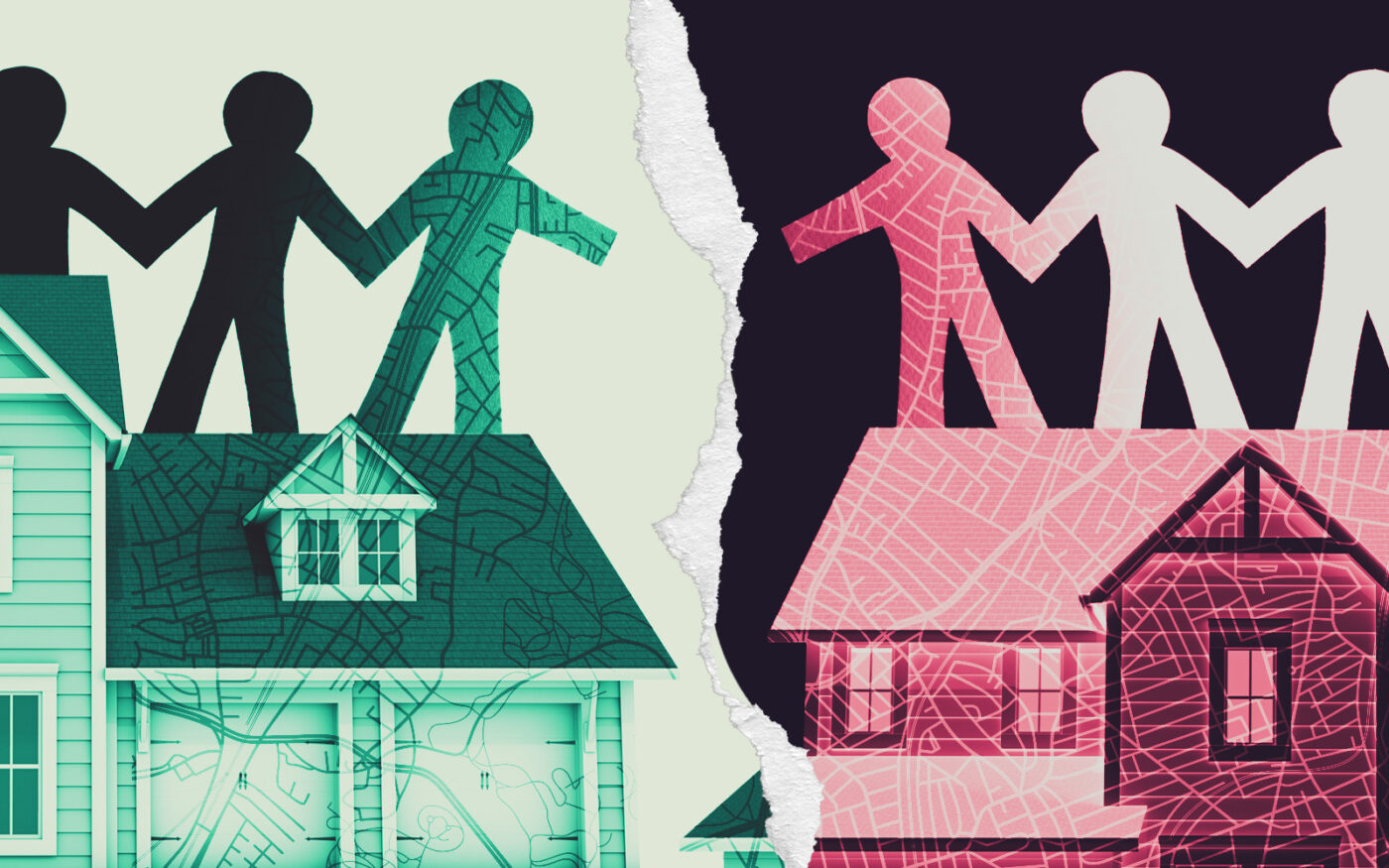Trending
Homeownership is no silver bullet for racial inequality in Boston
Black families still face systemic challenges to building wealth

Homeownership alone is not the great equalizer that the American dream may have promised.
While homeownership has traditionally been seen as a means of building wealth, Black families continue to face numerous challenges, including obstacles to buying homes, systemic disparities, and biased real estate practices, the Boston Globe reported.
Thomas Duplessy, an 80-year-old Haitian immigrant living in Boston, embodies the struggle faced by many Black families in the United States when it comes to homeownership and building generational wealth, according to the newspaper.
After immigrating to the U.S. in the late 1970s, Duplessy achieved the American dream, owning a butcher shop and purchasing a six-bedroom home in Dorchester. However, a nearby grocery store’s competition led to the closure of his market 20 years ago, and he’s now on a fixed income, struggling to afford home repairs and finish paying off the second mortgage.
Duplessy is just one of countless Black homeowners of Boston who struggle to build wealth at the rate of their white neighbors.
The average median home value in predominantly Black and Latino neighborhoods is significantly lower than in mostly white neighborhoods, according to 2021 U.S. Census data.
Meanwhile, homes in white neighborhoods appreciate in value at a faster rate than in Black neighborhoods. Additionally, discriminatory practices, such as appraisal bias, contribute to undervaluing homes in Black and Latino communities.
The gap is perhaps most stark in Bostonians’ comparative net worth: White residents of Boston have a net worth 19 times higher than Black residents, and more than 37 times higher than Latino residents, the Globe noted.
“We shouldn’t hold homeownership up as the way [to close the wealth gap] if we’re not also equally committed to fixing the system,” Shanti Abedin, vice president of housing and community development at the National Fair Housing Alliance, told the Globe. “It would take us centuries to close the racial wealth gap if we continue on the path that we’re on without intervention.”
Solutions include eliminating exclusionary zoning codes, providing equal access to better loans, supporting low-income families with down-payment assistance, and addressing discriminatory practices in the real estate market.
Despite efforts to boost homeownership for low- and moderate-income families, some limitations persist. For example, affordable housing developments may come with deed restrictions, limiting the ability of homeowners to sell their properties for market value.
— Ted Glanzer




